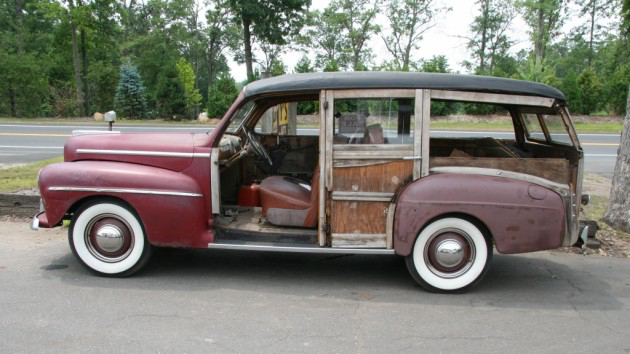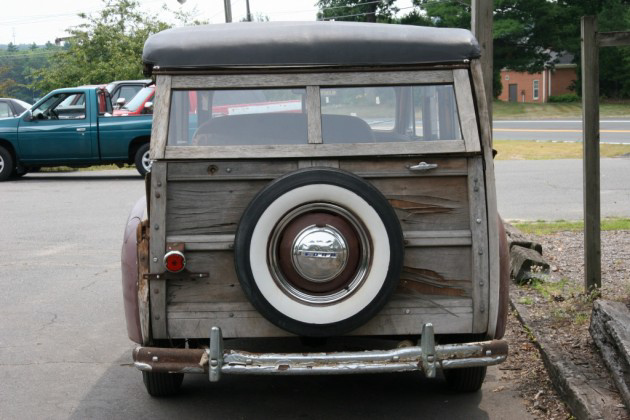
From Colin S – Tired of seeing these 1960’s VW 21-window vans? Every year for the past decade what is being pulled out of fields or streams just looks worse and worse as what remains now are slim pickings. These VW’s were first used until beaten to death, then they were left to rot for 20+ years. They are now pulled out of a field with a tree growing through and listed on ebay or CL for crazy money. Take this one found here on craigslist for example. I wonder if the post-restoration buyer of this VW would still want it – whether $200,000, $150,000, or at all – if he saw what it looked like before restoration began?

If this were a one-of-a-kind Bugatti Royale, or Duesenberg, I guess I could better understand the rationale. That being historic preservation. But VW vans were produced in the millions and are ubiquitous, like Model A Fords. Sure, the 21-window van was not produced in such high numbers, but they are really not “rare” by definition. I’m looking forward to reading about these when the market has fallen out / corrected, and prices have dropped to $50,000 or less, where they should be.

A similar thing happened to post-WWII Ford woody wagons. As the market shot up 20+ years ago, speculators were scrambling, pulling wrecks out of fields. The wood bodies on most were shot. Rotted out. Still, people were asking $30,000 for what amounted to wrecks. Sellers would tell you these sell for $120,000 to $150,000.or more once restored. What they failed to say was the high figures they were referencing were for original, largely unrestored Ford Woodies, not for rotted out wrecks with reproduced bodies with pieces cut from some outfit in Florida that would supply all the wood pieces as a kit.

When it comes to vintage cars, I generally define “rare” if fewer than 100 of a type of vehicle survives worldwide. Woodies, like these VW vans are nice vehicles, but they are not “rare”. No doubt about it, many cars that would have been considered “too far gone” even 10 years ago are now being restored. The question of “what can be restored” is now in direct conflict with “what should be restored” (and what should not) I see these questions being asked more and more now. The argument between commerce, profit and ethics. ie: Legalities aside, is cutting the VIN tag off a rare, wrecked car, then welding it on another car ethical?
These questions are being asked now as the pool of restorable vintage cars depletes. I note that what should be restored, and what should not, is becoming a more important issue in the collector car world. This is also an on-going theme and area of concern for many Barn Finds followers.

The issue we need to debate and come to some consensus on is – if a vintage car – whether a classic Mustang, Camaro, Super Bee, Dodge Charger, etc is pulled out of a field (rusted out, burned, previously wrecked in a collision, with countless bullet holes, a tree growing through it, etc) and then restored using mainly reproduction parts, where only perhaps 10% – 20% of the original car remains – what is it then? And what’s it really worth?
*Attached are 2 photos I took of a 1948 Ford Woody I came across for sale in western, Mass in July, 2012. The price was firm at $30,000. The seller told me it was a sure money-maker. I did the math and concluded it was not.
Source: barnfinds.com
